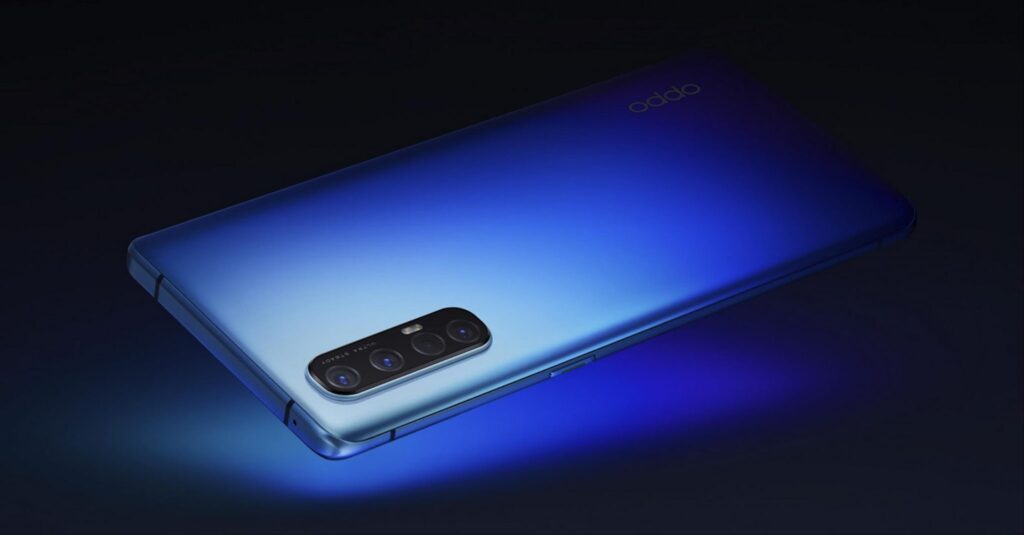
OPPO wants to outdo Google’s Pixel camera magic
With foldables slowly turning into extra “normal,” phone makers are leaping on the subsequent fad in cellular: making their personal in-residence processors, much like Apple’s A and M collection and Google’s new Tensor chipset. A few months lower back, Vivo debuted its personal V1 photograph processor withinside the Vivo X70 collection, and now remote relative and rival OPPO is following suit. In this case, however, OPPO has the bold purpose of surpassing Google in terms of computation pictures and AI-powered photograph processing.
Cameras have emerge as a crucial a part of smartphones, however now no longer simply due to their hardware. While the photograph sensor and lenses paintings collectively to provide pleasant photos, that’s simplest 1/2 of of the story. Camera hardware is restrained via way of means of the legal guidelines of physics and product layout, however software program is definitely limitless, hampered simplest via way of means of the silicon upon which it runs.
Google has established because the early days of its Pixel phone line that the proper software program can do apparently magical matters with common digital digicam hardware. In fact, it turned into simply with the present day Pixel 6 that Google ultimately determined to offer its digital digicam modules a long-past due upgrade, and it turned into capable of accomplish that expectantly as it delivered a brand new Tensor processor for those phones.
Custom-made processors are not anything new, however they’ve emerge as extra trendy, in particular with the high-profile fulfillment of the Apple Silicon M collection for laptops. The ongoing deliver scarcity isn’t discouraging telecellsmartphone makers from taking the risk, although on a barely smaller scale than a full-blown software processor. OPPO isn’t one to be left at the back of and its new self-designed processor appears to carry some thing new at the table.
OPPO MariSilicon X
The company’s new processor is technically classified a Neural Processing Unit (NPU), and its number one cause is to offer the muscle for synthetic intelligence and gadget mastering operations. As a ways as that processing energy is concerned, OPPO says that the 6nm MariSilicon X is able to 18 trillion operations in step with second (TOPS) with a energy draw of 11.6 TOPS in step with watt. OPPO will use its new processor for extra than simply general-cause AI features, mind, revealing that its hardware can also be used to enhance cellular pictures.
In fact, it’s cellular pictures that offers the MariSilicon X a barely specific layout as compared to run-of-the-mill NPUs. For example, it has its personal photograph processing unit (ISP) and committed DDR reminiscence with an ultra-speedy bandwidth of 8.five GB/s. All of those are designed to allow high-pace processing of huge quantities of data, specially coming from a telecellsmartphone’s digital digicam.
On paper, OPPO boasts the MariSilicon X is able to real-time 4K 20-bit HDR processing of RAW data, testifying to its number-crunching capabilities. This should increase a telecellsmartphone’s Night Vision overall performance despite 4K resolution, in addition to noise discount capabilities. The telecellsmartphone maker additionally mentions that the NPU is going flawlessly with the RGBW imaging sensor that it introduced lower back in August, aleven though a telecellsmartphone with that hardware nevertheless hasn’t popped up. That may extrade withinside the first area of 2022 while the subsequent Find X flagship — maximum possibly the OPPO Find X4 — arrives with each the RGBW sensor and, of course, the brand new MariSilicon X NPU.







